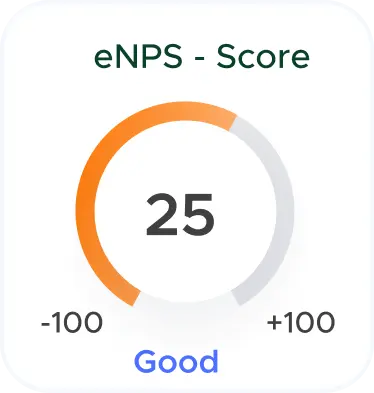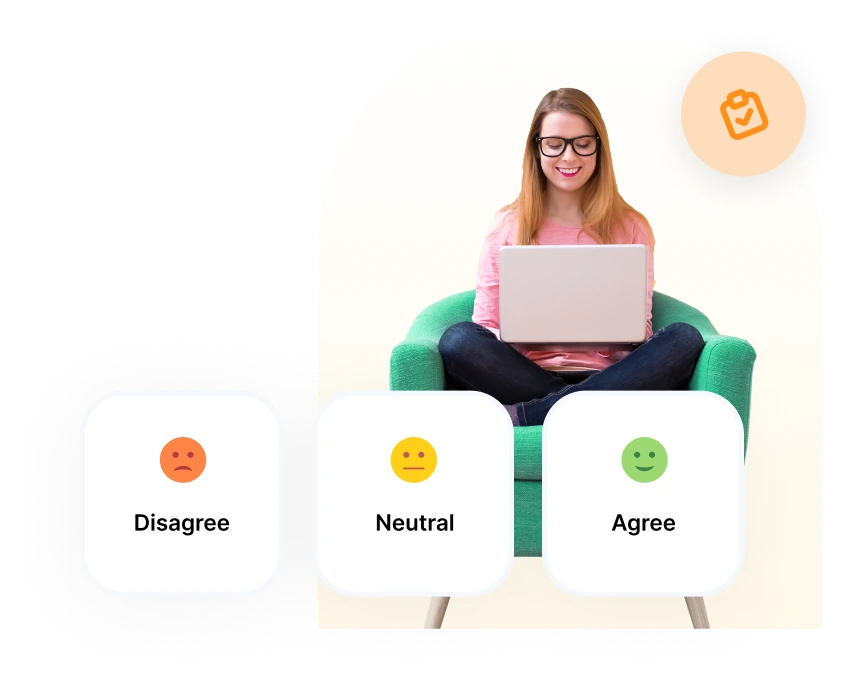Are there different incentive structures for various roles or departments within the organization?
Yes, organizations often tailor incentive structures to the specific roles, functions, or departments within the organization. Customizing incentive programs ensures they are relevant to the nature of the work and the goals of different teams. Some examples include:
- Sales incentives: Sales teams often have commission-based structures tied to achieving revenue targets, along with bonuses for surpassing sales goals.
- Performance bonuses: Individual performance bonuses may be applicable across various roles, rewarding employees based on their individual achievements, key performance indicators (KPIs), or project completion.
- Team-based incentives: Departments or project teams may have incentives tied to collective achievements, fostering collaboration and teamwork.
- Skill development incentives: Incentives for participating in training programs or obtaining certifications can be applicable to roles where ongoing skill development is crucial.
- Long-term incentives: Executives or key leadership roles may have long-term incentive plans, such as stock options or equity awards, aligning their interests with the organization's long-term success.
In what ways do incentive programs contribute to overall employee satisfaction and engagement?
Incentive programs play a vital role in enhancing overall employee satisfaction and engagement through various mechanisms:
- Recognition and appreciation: Incentives provide tangible recognition for employees' hard work and achievements, fostering a sense of appreciation that positively influences job satisfaction.
- Motivation and goal attainment: Employees are motivated to achieve specific goals when tied to incentives. The satisfaction derived from reaching these goals contributes to a sense of accomplishment and engagement.
- Positive work environment: A well-structured incentive program creates a positive work environment, where employees feel valued and acknowledged. This positive atmosphere contributes to overall satisfaction.
- Career development opportunities: Incentives that include opportunities for career development, training, or skill enhancement contribute to employees' long-term engagement by demonstrating a commitment to their professional growth.
- Competitive atmosphere: Healthy competition resulting from incentive programs can create an engaging workplace where employees are driven to excel and outperform, contributing to a dynamic atmosphere.
- Team collaboration: Team-based incentives foster collaboration and camaraderie, enhancing overall employee engagement by promoting a sense of shared achievement and mutual support.
- Continuous improvement culture: Incentives aligned with performance improvement instill a culture of continuous learning and development, leading to higher levels of engagement among employees seeking to enhance their skills.
- Retention of top talent: The satisfaction derived from participating in rewarding incentive programs contributes to the retention of top talent, as employees are more likely to stay in a workplace that recognizes and rewards their contributions.
Well-designed incentive programs contribute significantly to overall employee satisfaction and engagement by addressing various intrinsic and extrinsic motivators. Regular assessment and alignment with organizational goals ensure that these programs remain effective and supportive of a positive workplace culture.

.svg)













.svg)



.svg)
.svg)